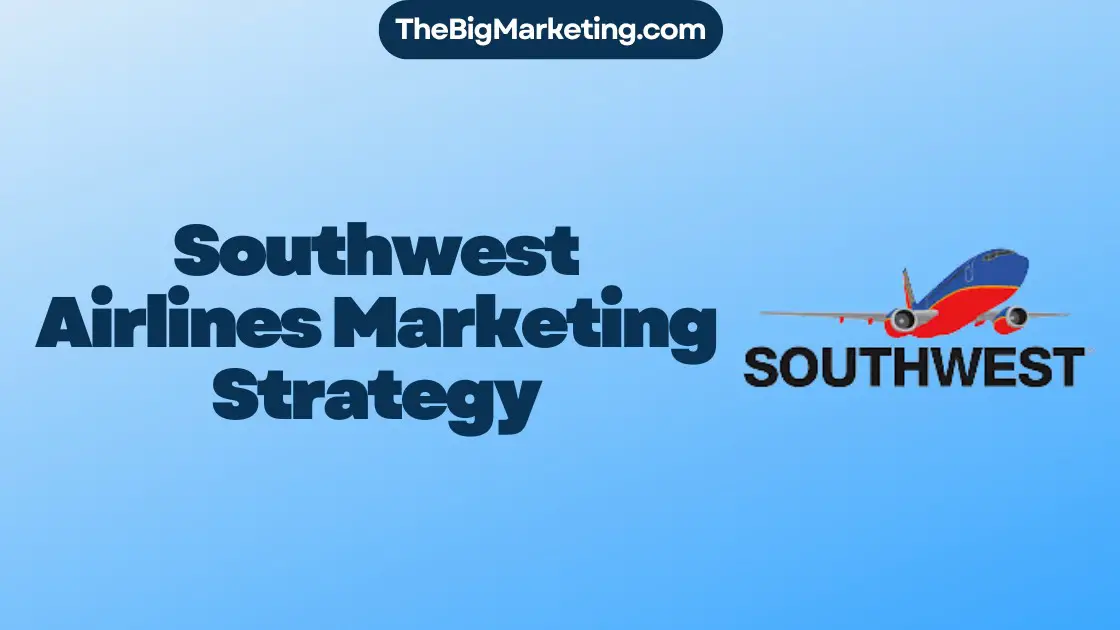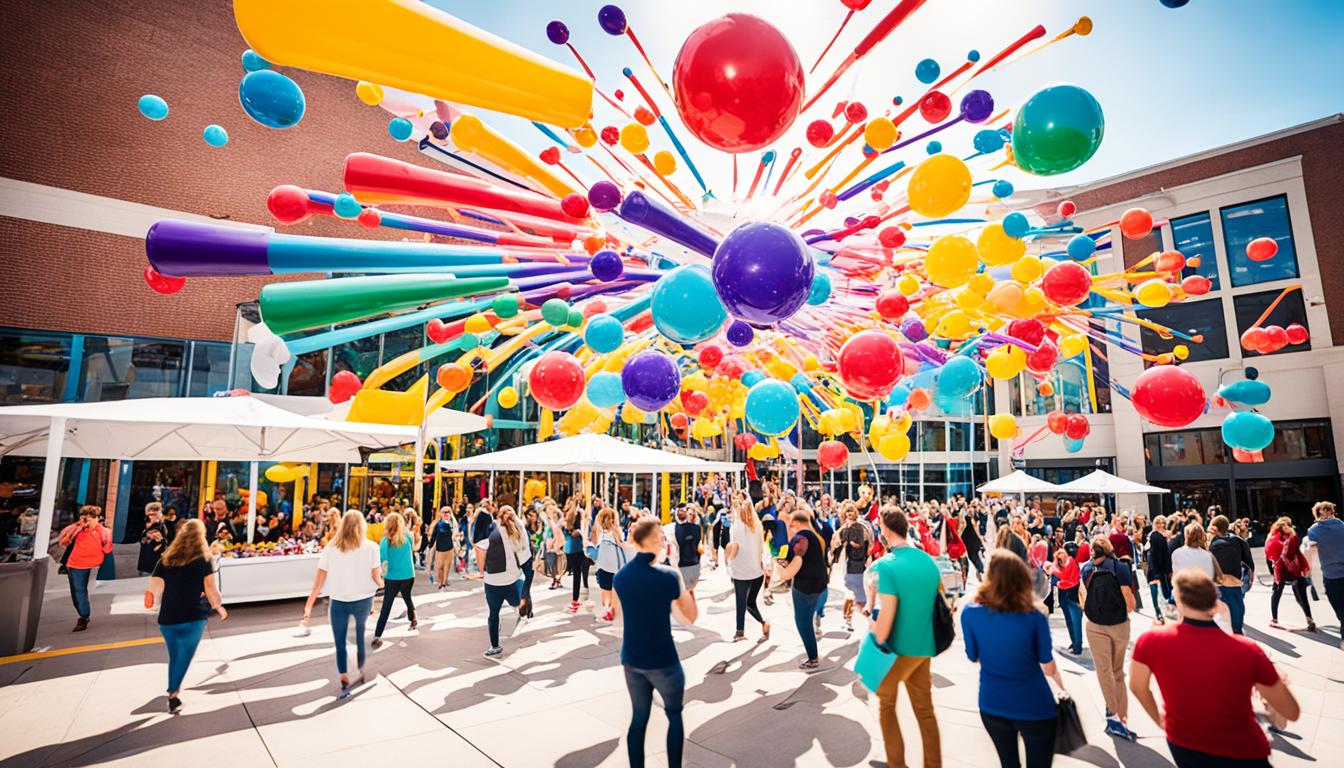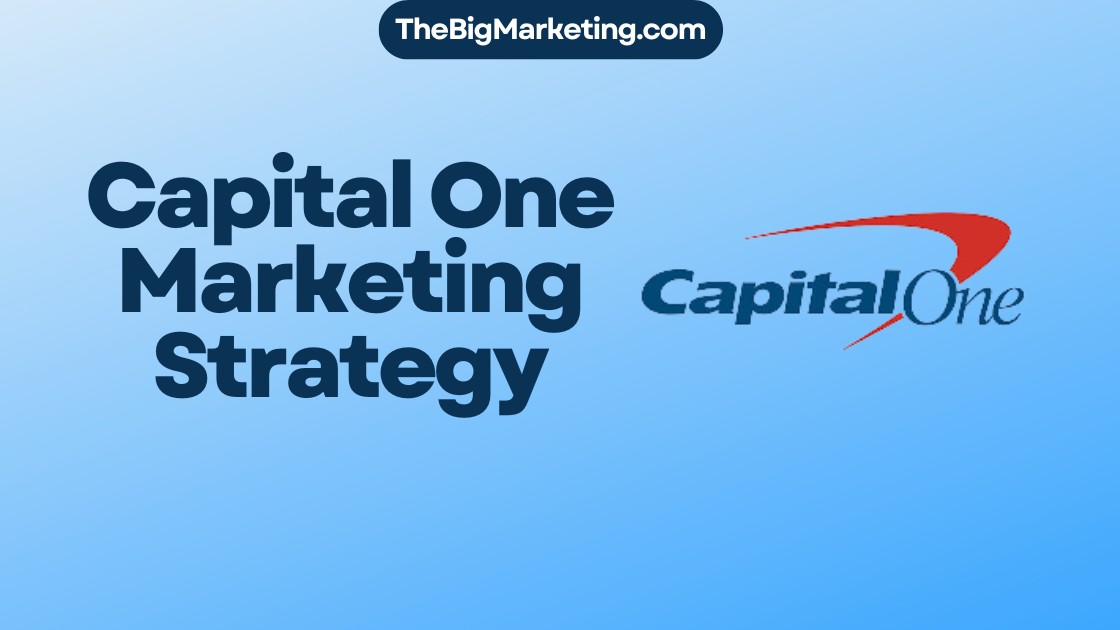Programmatic advertising has changed how digital marketing works. It gives brands a powerful way to reach the right people. By using real-time bidding and automated media buying, it offers very targeted and efficient campaigns.
But what is programmatic advertising? It’s all about automating ad buying and selling instantly, using an automated system. This means no more manual negotiations. Advanced algorithms decide on ad buys in moments, making every ad count for more.
This image shows how programmatic advertising works. Real-time bidding and targeted ads come together, powered by data. The result is tangible outcomes.
Key Takeaways:
- Programmatic advertising automates the buying and selling of ad inventory in real-time.
- It relies on real-time bidding and ad exchanges to optimize ad placements.
- Programmatic advertising enables targeted advertising and data-driven campaigns.
- It offers greater efficiency and precision compared to traditional ad buying methods.
- Programmatic platforms facilitate the seamless execution of programmatic ad campaigns.
What Is Programmatic Advertising? Explained
Programmatic advertising is about buying and selling ads quickly using technology. It changes how ads run by making things quicker and more targeted. Ads can be placed on websites or apps instantly. This method covers many ad types. Digital out-of-home (DOOH), online, streaming, TV, video, and voice ads are all included. They help spread messages through various channels.
This method is better than old ways of advertising. It uses computers to remove wasted time and guesswork. Advertisers can now find exactly who they want to see their ads. This means messages hit the right audience exactly when needed.
The system has many parts working together. Demand-side platforms (DSPs) and supply-side platforms (SSPs) are just a few. There are also data management platforms (DMPs), ad servers, exchanges, and networks. They all help make ad buying and selling smooth and automatic.
Thanks to programmatic advertising, advertisers can make smart choices. They can fine-tune their ads for better results. This approach leads to improved targeting, campaign performance, and growth.
Let’s explore the different types of programmatic media buying in the next section.
Types of Programmatic Media Buying
Programmatic media buying has several types that define ad delivery on websites. It’s vital for advertisers to know these types. This knowledge helps them refine their ad campaigns and meet their marketing targets. The key methods are Real-Time Bidding (RTB), Private Marketplace (PMP), Preferred Deals, and Programmatic Guaranteed.
Real-Time Bidding (RTB)
Real-Time Bidding (RTB) is a popular way to buy media programatically. In RTB, ad spaces are open for all advertisers. This sets up a live auction. Advertisers vie to place their ads, with the top bidder winning. RTB is known for being open, fast, and efficient.
Private Marketplace (PMP)
The Private Marketplace (PMP) works a lot like RTB but it’s invite-only. It creates a more closed setting for buying ads. Only selected advertisers get invites to these PMP auctions. This leads to better quality ads and more targeted spots. PMP gives advertisers more influence and access to top ad spaces.
Preferred Deals
Preferred Deals let advertisers grab ad spaces at a set price before they hit the market. There’s no need for an auction. Advertisers pick top placements and audiences easily. This approach ensures they get access to sought-after inventory and builds solid relationships with publishers.
Programmatic Guaranteed
Programmatic Guaranteed sticks to a more traditional buying method. Advertisers and publishers agree on the deal directly. It allows advertisers to book certain ad spaces at agreed prices. This method offers certainty and control over where ads will appear. It suits advertisers with specific needs or detailed campaign plans.
Knowing the different types of programmatic media buying is crucial for advertisers. It helps then select the best approach, whether it’s RTB, PMP, preferred deals, or programmatic guaranteed. Programmatic advertising thus provides various ways to effectively reach target audiences.
Top 6 Programmatic Advertising Channels
Programmatic advertising lets advertisers reach their target audience across many channels and formats. Here are the top six channels for programmatic advertising:
1. Display Ads
Display ads are visual ads seen on websites’ headers, footers, or sidebars. They include banners, interstitials, and pop-ups. These ads boost brand visibility and engage users.
2. Video Ads
Video ads have become very popular. They appear in-stream, out-stream, or in-display. These ads use sound and visuals to share the brand’s message in an engaging way.
3. Social Ads
Social ads use social media’s extensive targeting to reach specific audiences. Platforms like Facebook and Instagram help target ads based on user behavior and interests. These ads drive social engagement and build brand awareness.
4. Audio Ads
Audio ads play on streaming services, music apps, or podcasts. They engage listeners during audio sessions. These ads target based on music taste, habits, or demographics. Audio ads use sound to make a brand impact.
5. Native Ads
Native ads blend in with the content of the platform they’re on. They look like standard content, making them less intrusive. These ads appear on websites, mobile apps, and social media.
6. Mobile Ads
Mobile ads are for smartphones and tablets. The rise of mobile users makes these ads very important. They appear within apps, websites, or as in-app ads, offering broad reach and targeting.
| Advertising Channel | Description |
|---|---|
| Display Ads | Online visual ads placed on websites |
| Video Ads | Ads displayed before, during, or after video content |
| Social Ads | Ads targeting social media users based on interests and demographics |
| Audio Ads | Ads delivered through streaming services or podcasts |
| Native Ads | Ads designed to blend with the surrounding content |
| Mobile Ads | Ads specifically designed for mobile devices |
5 Advantages of Programmatic Advertising
Programmatic advertising provides big benefits for advertisers. It enables real-time bidding. This means advertisers can target people precisely when it’s most effective. They can automate ad buying and selling, bidding on spots as they come up. This ensures ads meet the right eyes at the best time. This boosts chances of engaging viewers and driving conversions.
Next, this approach makes ad targeting sharp and specific. It uses data on how users behave and what they like. So, advertisers can really hone in on their audience. They deliver ads that match viewer interests perfectly. This makes ad campaigns much more powerful and efficient.
Then, there’s the power of data-driven strategies. With insights from user data, advertisers can craft better plans. They can place ads smartly, target more accurately, and send messages that hit home. This leads to more engagement and successful campaigns.
Programmatic ads also allow for on-the-fly improvements. Thanks to real-time data, advertisers can tweak their campaigns as needed. They can adjust who they target, what the ads say, and how they spend their budget. This fine-tuning helps ensure ads are as effective as possible.
Finally, this method gives advertisers clear insights into how well their ads are doing. They get detailed reports and analytics. This transparency helps them see their campaign’s impact. They can measure success and make smarter decisions for future ads. This is crucial for refining strategies and getting better results over time.
In sum, programmatic advertising is a game-changer. It offers real-time bidding, precise targeting, strategies based on data, the ability to make quick changes, and clear campaign insights. With these tools, brands can up their advertising game, reach their audience more directly, and achieve their goals more easily.
| Advantage | Description |
|---|---|
| Real-time Bidding | Enables advertisers to reach their target audience at the right moment through automated bidding on ad impressions. |
| Precise Ad Targeting | Allows advertisers to serve ads specifically tailored to the interests and preferences of their target audience. |
| Data-driven Campaigns | Enables advertisers to optimize their ad strategies based on user data and insights, improving targeting and messaging. |
| Ad Optimization | Provides the ability to adjust and refine ad campaigns in real-time for better performance and results. |
| Transparency and Insights | Offers detailed analytics and reporting, allowing advertisers to measure and evaluate campaign performance and ROI. |
How Google and The Economist Leveraged Programmatic Advertising
Two well-known brands, Google and The Economist, have made great use of programmatic advertising. This shows how effective these campaigns can be when run by top companies.
Google’s Programmatic Ad Campaign for Google Search App
Google promoted its Google Search App through programmatic ads and saw amazing results. The campaign led to a 50% boost in brand awareness. It also increased reach by 30% and lowered the cost-per-thousand impressions (CPM) by 30%. Google enhanced its brand visibility, expanded its audience, and made its spending more efficient with programmatic advertising.
The Economist’s Targeted Programmatic Advertising Approach
The Economist used programmatic ads to reach certain audience groups, with great outcomes. They enjoyed a 10:1 return on investment (ROI). This led to a 64% rise in brand awareness and 9500 new subscribers. The Economist’s choice to use programmatic ads helped them connect with their audience, increase their visibility, and grow their subscriptions.
Google and The Economist’s experiences show the strength of programmatic advertising in reaching marketing goals. Their achievements encourage other brands to consider programmatic ads to boost their digital marketing efforts.
How Non-profits Utilized Programmatic Advertising
Non-profit organizations are key to our society. They’ve started using programmatic advertising to spread awareness and meet their goals. For instance, the Amanda Foundation and Missing People have both seen success with these ad campaigns.
Amanda Foundation
The Amanda Foundation helps animals find homes. They used programmatic advertising to reach people interested in animal welfare based on their interests and where they live. This smart use of technology connected them with folks looking to adopt, helping animals find loving homes.
Missing People
Missing People focused on finding lost children through programmatic ads. These campaigns let them reach more people and engage those who could help. By using programmatic ads, they got their message out wider and improved their search efforts.
These stories show how programmatic advertising helps non-profits. Whether it’s helping animals or children, these ads can target the right people. This approach allows non-profits to share their message more effectively and achieve their missions.
How Retailers and Hospitality Companies Leveraged Programmatic Advertising
Retailers and hospitality companies have found programmatic advertising very effective. It helps deliver ads straight to the desired audience. Companies like Topman and IHG Hotels are perfect examples of this success.
Topman, a famous fashion retailer, successfully promoted its khaki collection with programmatic advertising. By targeting different audience segments with unique ads, Topman engaged its audience well and boosted sales.
For IHG Hotels, a top name in hospitality, programmatic ads helped fight off third-party booking sites. Highlighting the perks of booking directly, they drew in more customers and increased their bookings.
These examples show how adaptable and potent programmatic advertising is for both retailers and hospitality businesses. Through ad customization and technology, they nailed their marketing goals, increased engagement, and boosted their campaigns.
Programmatic advertising gives these companies a way to reach the perfect audience, send tailored messages, and improve their ads’ success.
Benefits of Programmatic Advertising for Retailers and Hospitality Companies
- Targeted advertising: Programmatic advertising allows businesses to pinpoint their ideal audience through smart data use.
- Increased brand awareness: The right ads to the right people boost visibility and brand recognition.
- Cost-effective campaigns: It offers precise budget control, which helps save money.
- Improved campaign performance: Retailers and hotels can refine their ads continuously with data and optimization.
- Competitive advantage: Staying ahead of competitors and drawing more customers is easier with programmatic advertising.
Programmatic advertising holds a lot of promise for retail and hospitality businesses. It can significantly enhance marketing strategies, encourage growth, and lead to a strong return on investment.
Conclusion
Programmatic advertising is a key player in digital marketing. It makes the ad buying process automated. Brands target the right audiences and optimize their ads. This way, they achieve their marketing aims efficiently.
Using programmatic advertising helps brands boost awareness and engagement. It makes campaigns more efficient through automation. Ads meet the audience when it matters most, leading to better chances of success. Strategies are improved with valuable data, making content more personal.
Programmatic advertising changes the game for brands and advertisers. It allows them to reach their goals affordably and widely. By embracing this approach, brands can compete better and connect with their audience effectively.







